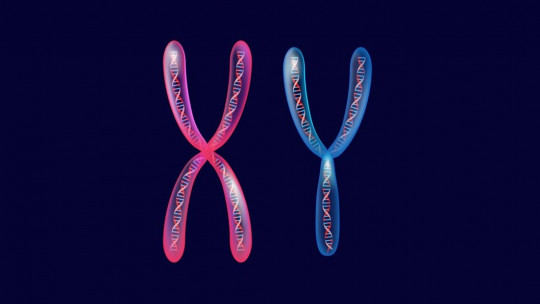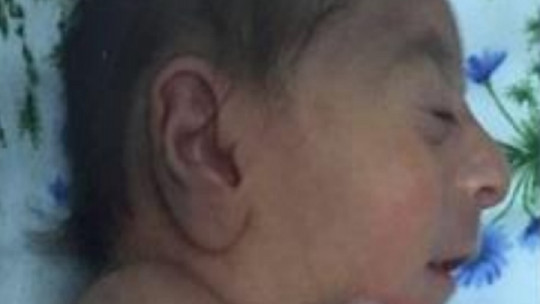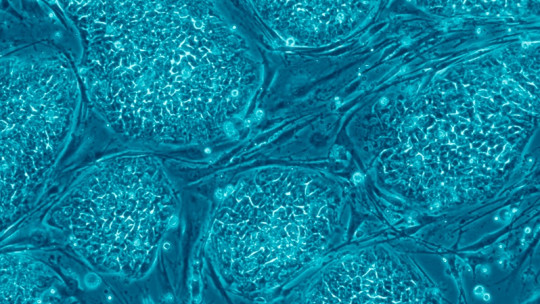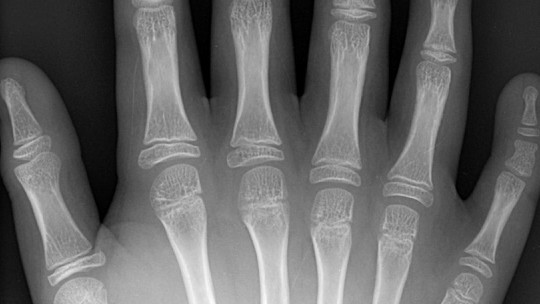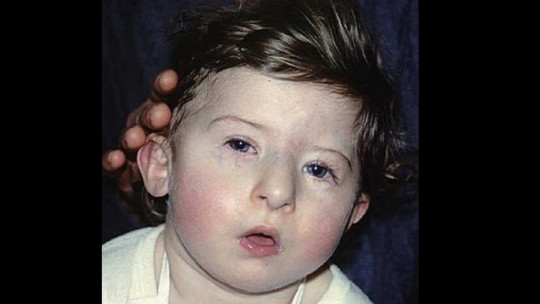Genetic disorders are those caused by an alteration in the chromosome or genes. One of them is Klinefelter Syndrome, a syndrome that appears only in males and which is characterized because males have XXY chromosomes instead of XY.
This extra X causes different symptoms and at different levels (physical, behavioral, personality…). In this article we will see what the syndrome consists of, what its usual symptoms are, its causes and possible treatments to apply.
Klinefelter syndrome: what is it?
Klinefelter Syndrome is a genetic disorder that affects only males. It is caused by a random error in the chromosomes; Specifically, an extra X is created on the male’s sex chromosomes. As a result, the man, instead of presenting XY, presents XXY, which entails a series of characteristic signs and symptoms, such as smaller testicles and reduced or absent testosterone
This syndrome affects 1 in every 500-1,000 babies born. As for risk factors, only the fact that the mother is over 35 years old when she becomes pregnant is known as one of them. However, it is a factor that only slightly increases the probability of suffering from Klinefelter Syndrome.

Symptoms
The signs and symptoms of Klinefelter Syndrome can vary greatly from person to person. Furthermore, depending on the age group, the symptoms will be one or another. On the other hand, it is common for symptoms not to be detected until adolescence or adulthood.
Generally, the common symptoms caused by this syndrome are smaller than normal testicles and penis. Furthermore, in this case the testicles are firm. On the other hand, an enlargement of the breast tissue (gynecomastia) and weakness in the muscles and bones may appear.
These symptoms mentioned generally appear at all ages, but Let’s see what the typical symptoms of Klinefelter Syndrome are in each age group
1. Birth
During birth and as babies, the usual symptoms of Klinefelter Syndrome are some delays, especially in speech and motor development Thus, these babies may take longer than usual to sit, crawl and walk.
On the other hand, the muscle weakness already mentioned appears, as well as testicles that do not descend into the scrotum. At a behavioral level, they tend to be babies who do not talk much and have docile behavior.
2. Childhood and adolescence
As they get older, and especially during childhood and adolescence, other symptoms appear, such as altered puberty (which may be absent, delayed or incomplete).
On a physical level, they are children taller than the average height, with longer legs, a shorter torso and wider hips. Their penis and testicles are smaller, and they may also have gynecomastia (enlarged breast tissue).
When they grow up, Adolescents with Klinefelter Syndrome may have less facial and body hair than adolescents their age At the muscular level they continue to present weakness; This weakness also appears in the bones.
On the other hand, they may have some type of learning difficulty related to mathematics, writing, reading and/or spelling. At a behavioral level, they tend to be somewhat apathetic children and adolescents, with low energy levels. Regarding their personality, they may have problems expressing their feelings or interacting with others, being generally shy and especially sensitive.
3. Adulthood
In adulthood, men with Klinefelter syndrome They continue to present the muscle and bone weakness already mentioned, as well as the symptoms of gynecomastia and small penis and testicles They also tend to be taller than usual men. On the other hand, they still have less body and facial hair than expected. In addition, they have an increase in fat in the abdomen.
At this stage, however, the most characteristic symptom that usually worries people with the syndrome the most is the small amount of sperm they secrete, due to the decrease in the size of their testicles.
In some cases, they may not even secrete any sperm at all. This affects their fertility and makes it difficult for them to have children; However, with appropriate reproduction methods they can achieve them (for example with assisted reproduction techniques). Finally, adults with Klinefelter Syndrome also have hypoactive sexual desire, that is, a low sexual desire.
Causes
As we have seen, Klinefelter Syndrome is a genetic disorder caused by a random error in the chromosomes. That is, it is not a hereditary disorder (it is not transmitted from parents to children), but rather it is a genetic alteration.
Most people have 46 chromosomes (23 pairs of chromosomes), which contain our genetic material (DNA). DNA defines our phenotype (i.e., our physical, personality, behavioral characteristics, etc.); That is, it configures “who we are” and “how we are.” Of these 46 chromosomes, 2 are sexual; In most women, these two are XX, and in most men, these are XY (therefore it is the Y that determines the sex).
In the case of Klinefelter Syndrome, however, the genetic alteration causes affected males to be born with an “extra” X chromosome, and instead of having XY on their sex chromosomes, they have XXY.
Variants
On the other hand, There are three possibilities regarding the genetic alteration that we discuss as the cause of Klinefelter Syndrome Each of these three possibilities influences the manifestation of the syndrome symptoms:
1. Affectation of all cells
A first possibility is that the “extra” X appears in all the cells of the affected male. In this case, the symptoms will be more marked.
2. Affectation of some cells
A second possibility is that the “extra” X appears only in some cells of the person. This way, the symptoms would be milder. It would be the so-called mosaic-type Klinefelter Syndrome.
3. More than one “extra” X
Finally, it may happen that instead of the “extra” X appearing, more than one extra X appears. In this case, the chromosomes, instead of being XXY, would be XXXY, for example. These are rare cases, which appear very infrequently. Logically, at a symptomatic level the symptoms would be much more notable.
Treatment
Klinefelter Syndrome has no cure; That is, it is currently impossible to change the chromosomes of a child with Klinefelter Syndrome However, the symptoms that the syndrome produces can be treated. The treatment, in this case, must be multidisciplinary, using psychology professionals, doctors, speech therapists, physiotherapists, etc.
There are different therapies that can be performed, depending on the signs and symptoms of each patient. Some of them are:
1. Testosterone replacement
Testosterone replacement therapy is focused on stimulating the typical changes that appear during the stage of puberty This therapy can improve bone and muscle density, as well as stimulate the growth of body hair, enlarge the size of the penis, and change the tone of voice to a deeper one.
However, it is not effective in treating fertility or increasing the size of the testicles.
2. Speech therapy
In cases where a delay in speech appears, Speech therapy can be used to stimulate and facilitate the expression of oral language
3. Physiotherapy
Physiotherapy can help improve muscle weakness which frequently appears associated with Klinefelter Syndrome.
4. Psychology
In case there is a need for psychological assistance , psychological intervention will be focused on treating the personal and social difficulties of the child, adolescent or adult with Klinefelter Syndrome. On the other hand, infertility caused by the syndrome itself is a problem that especially affects men, so it should be addressed whenever the patient requires it.
5. Pedagogical support
Finally, in the event that learning difficulties appear (as we have seen, something common), a good treatment option will be personalized pedagogical re-education Different educational support strategies can also be used.

